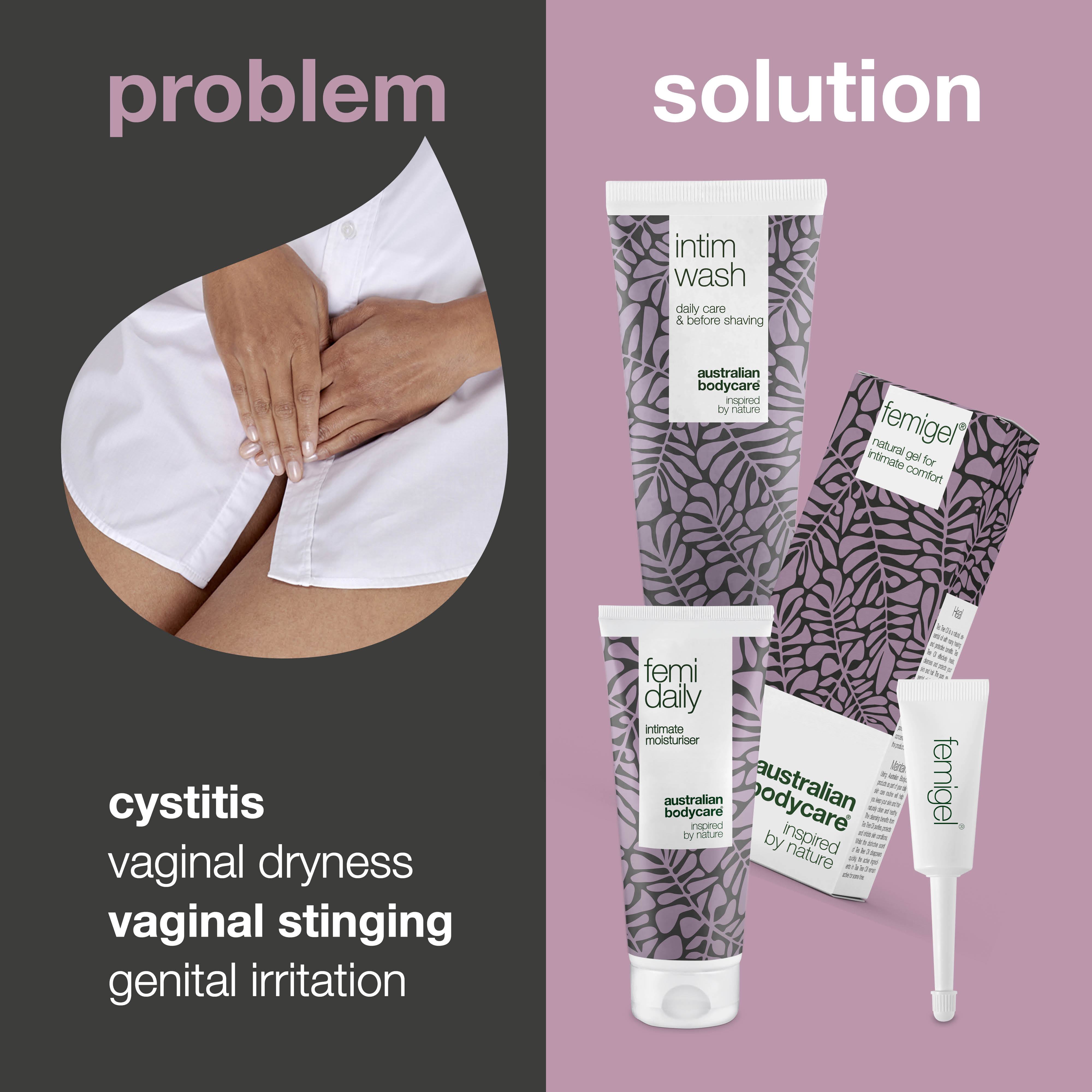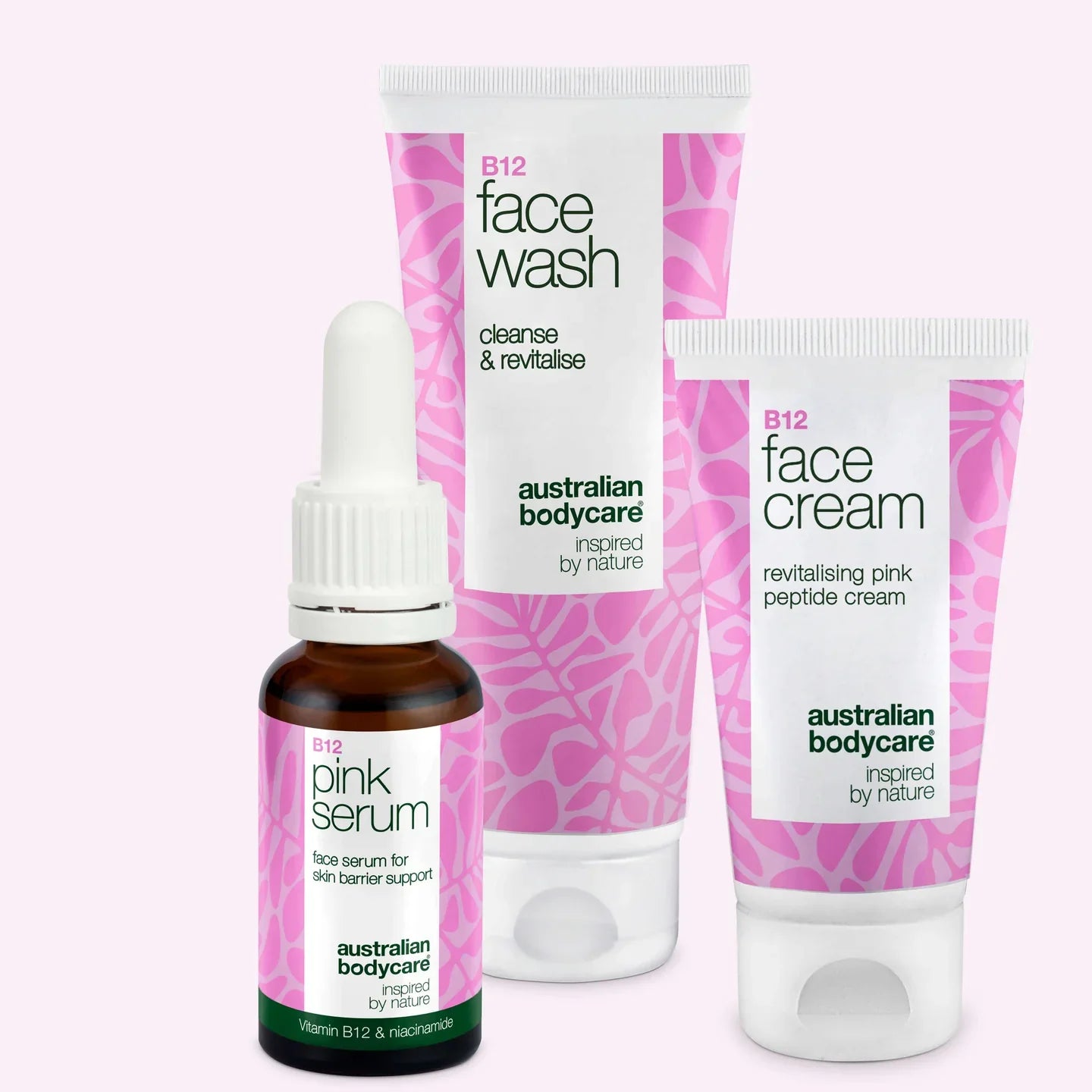Vaginitis – How to Get Rid of Vaginal Inflammation and Why Do You Get It?
A woman’s vagina can be prone to many problems. There is a delicate balance inside the vagina, ensuring no microorganisms (mostly fungi and bacteria) can unbalance, infect and inflame your sex organs.
Go to: How to Treat Vaginitis
However, most women will experience inflammation due to imbalance at some point in their lives. The general term for inflammation in the vagina is vaginitis. So how do you cure vaginitis? How do you know if you have it? And what should you do if you get it? Read this guide for all the information you need.
Table of contents
What is Vaginitis?
Vaginitis is the inflammation of the vagina. A woman’s vagina contains of a unique system of lactic acid bacteria and other bacteria, fungi and microorganisms that coexist in a healthy balance. As long as you have the right levels of each bacteria, fungi and other microorganisms, a healthy balance is maintained, and you will see a natural, continuous secretion of fluid.
This fluid secretion is known as discharge. But external bacteria can infect and destroy the natural balance of bacteria, causing inflammation and other problems. Vaginitis is the inflammation of the vagina that occurs when the vagina is infected with bacteria or fungi: it typically causes discomfort, irritation and a smelly discharge.
What is Discharge?
But what exactly is discharge? Discharge is a mucous fluid combined with dead skin cells from the uterus. The fluid comes from the mucous membranes in the vagina and is produced as a natural way for the vagina to clean itself.
It is therefore quite normal to have daily discharge. All women, regardless of age, experience discharge to some degree. The amount of discharge a woman experiences varies greatly and there is no definitive rule for what a normal amount of discharge is. The discharge is usually a slimy consistency that’s white or clear in colour.
Discharge is, in addition to being the self-cleaning fluid of the vagina, a defence mechanism. The vaginal microorganisms and lactic acid bacteria together form a defence to prevent foreign bacteria from finding their way further into the sex organs and penetrating the uterus, cervix and ovaries. The vaginal environment is acidic and usually between 3.8-4.2 on the pH scale. The large quantity of lactic acid bacteria helps keep the vagina strong, as an acidic environment is more resistant to foreign and harmful bacteria.
What Does Vaginitis Feel Like?
The symptoms of vaginitis can be many, as the causes can vary. But common symptoms of vaginitis include a change in discharge, itching, irritation and sometimes mild bleeding from the vagina. Inflammation of the vagina can lead to many different symptoms in the vagina area. It will mostly just feel uncomfortable with itchy sensations and around the opening of the vagina (labia). Scratching this itch leads to a vicious cycle, as itching the labia only antagonises the itching.
Vaginitis may also cause soreness during sex, as well as pain and uncomfortable sensations down through the vagina area. Vaginitis or inflammation of the vagina causes changes in discharge colour, texture and odour or sore and painful sensations or even both.
Why You Get Vaginitis
There are several causes of vaginitis. In most cases, vaginal imbalance or infection can be the cause of vaginitis. Vaginitis can be divided into different types and based on this the cause of the inflammation depends on the type you have. Below you will find the most common causes of vaginitis.
Yeast Infections
Vaginal fungal infections are a common condition that affect many women. It’s estimated that up to 75% of all women will experience a yeast infection at least once in their lives. In most cases, about 80% of all fungal cases, this type of inflammation is caused by a yeast infection from the ‘Candida Albicans’ fungi.
The yeast fungi live naturally in the mucosa of the vagina along with lactic acid bacteria, microorganisms and other naturally occurring bacteria in the vagina. However, if the fungi are provided with good growth conditions in the vagina, they will multiply too much and cause an infection. The main symptom is usually increased discharge that’s often thick, white and lumpy. The consistency is similar to cottage cheese. You may also experience itching and burning sensations in the vagina.
Fungal infections typically occur after a penicillin treatment with antibiotics. The treatment kills the lactic acid bacteria, which keeps the vaginal balance stable and acidic, so that it is resistant to bacteria and infections. Without these bacteria, the yeast fungi are free to multiply and infect.
Bacterial Vaginosis
Bacterial vaginosis occurs when you have an imbalance in your vagina, just like a yeast infection. You will normally experience greyish discharge and strong fishy odours from the vagina. This is caused by overgrowth of the bacterium ‘Gardnerella vaginalis’. When this bacterium dominates the vagina, your natural lactic acid bacteria cannot maintain the naturally acidic environment that protects you.
The bacterium grows if the acidic pH in the vagina is reduced and instead becomes more neutral (around 7 on the pH scale). The pH of the vagina can, for example, become less acidic when your discharge mixes with semen during sexual intercourse. Semen is neutral, and it therefore can interfere with the acidic environment and cause intimate discomfort.
Trichomonas
If you suddenly notice that your discharge turns yellow or greenish, it can be a sign of infection with the Trichomonas parasite. Trichomonas is a type of vaginal inflammation, which can cause a nasty smelling discharge that is accompanied by soreness and pain in and around the vagina.
The parasitic infection is transmitted sexually.
Vaginal Dryness and Irritation
Another form of vaginitis is ‘atrophic vaginitis’, which is basically vaginal dryness and irritation due to reduced vaginal fluids. Elderly women especially experience dryness in the vaginal mucous membranes after menopause, which reduces the level of discharge that is produced. This reduction in discharge changes the composition of bacteria in the vagina, weakening your defence mechanisms which can make you more prone to bacterial infections. The dry and irritated mucous membranes can cause major problems including itching and even stinging, burning sensations in the vagina.
READ MORE: Soothe dry mucous membranes during menopause
Side Effects of Vaginitis
Generally, vaginitis does not cause any major symptoms besides the painful, uncomfortable and bothering vaginal irritation.
However, pregnant women should pay particular attention to inflammation. Infections from the Trichomonas parasite and an imbalance caused by bacterial vaginosis can both lead to premature births, thus weakening the new-born.
How to Treat Vaginitis
If you already have vaginitis, there are both suppositories and lactic acid pills that can help restore the defence mechanisms in the vagina. You can buy them at the pharmacy.
You can also remedy intimate irritation problems with a gel. For example, Australian Bodycare’s Femigel is perfect for soothing external symptoms. It treats itching, burning and unpleasant odours in the intimate area, while Australian Tea Tree Oil counteracts any bacteria. The gel is pH-regulated and thus helps to restore a natural acidic environment in the intimate area. In a clinical trial, 9 out of 10 women experienced good results after using the gel.
The best treatment of vaginitis is like all other conditions: prevention. You can minimize the risk of inflammation of the vagina by taking the following preventative steps:
Ensure good daily intimate hygiene with a mild soap formulated for use on your genitals. For example, use Intim Wash from Australian Bodycare: it gently cleans the area free of bacteria while keeping the skin moist, so it does not get irritated.
Use a gel that helps maintain the natural balance of bacterial around the external genitals. Femi Daily is a gel that effectively counteracts bacteria, helping to regulate moisture levels and maintain harmony, when used daily around the vagina opening. The gel is dermatologically tested and is suitable even for sensitive skin, as it is pH regulated for use in the intimate areas.
– Avoid wearing panty-liners or pads as much as possible. Wearing these items unnecessarily creates good growth conditions for foreign bacteria and fungi.







